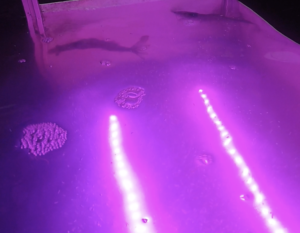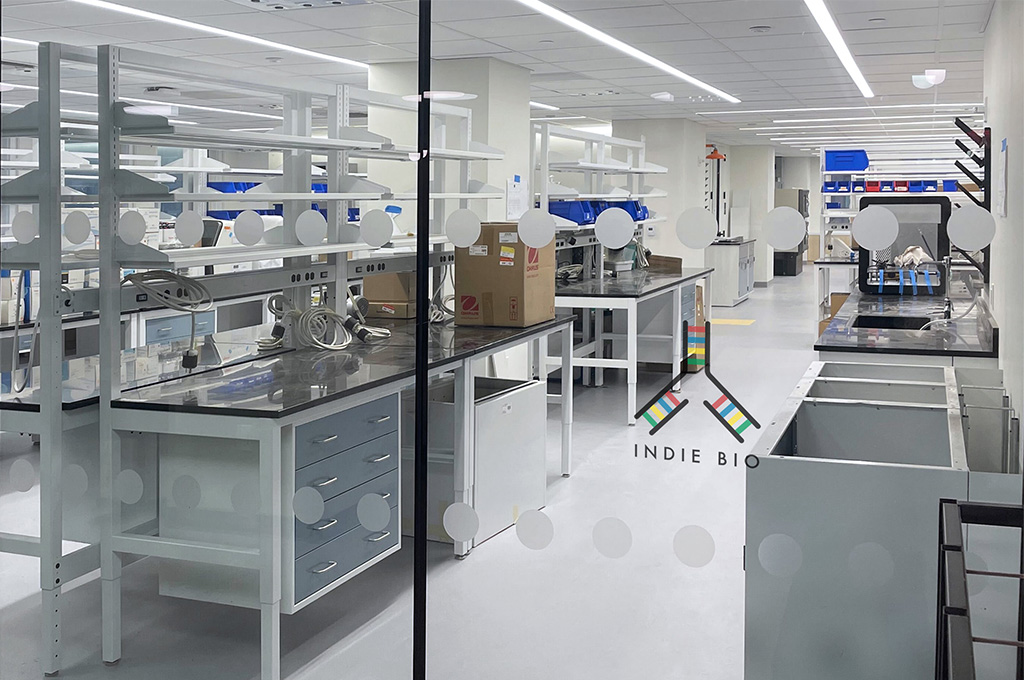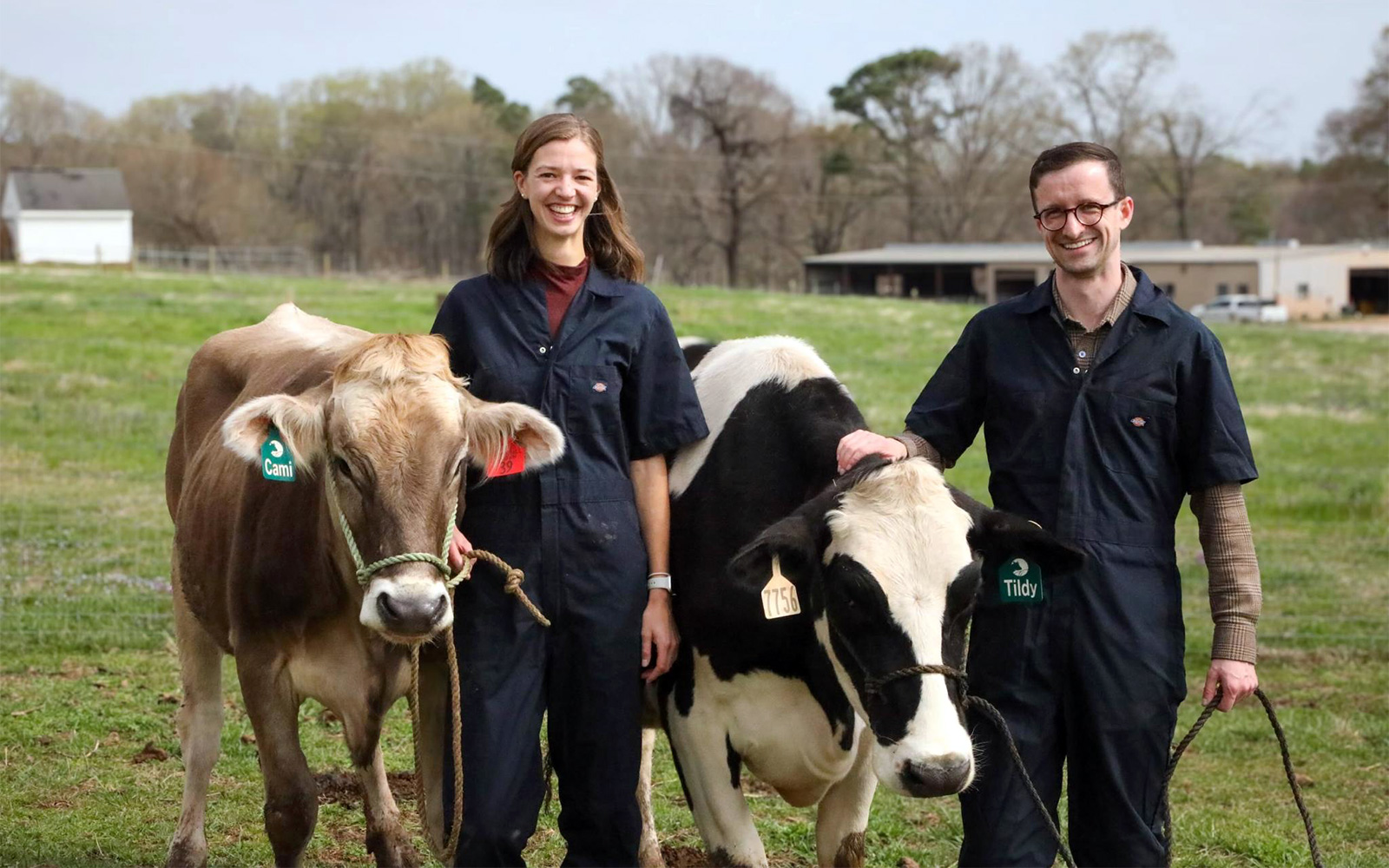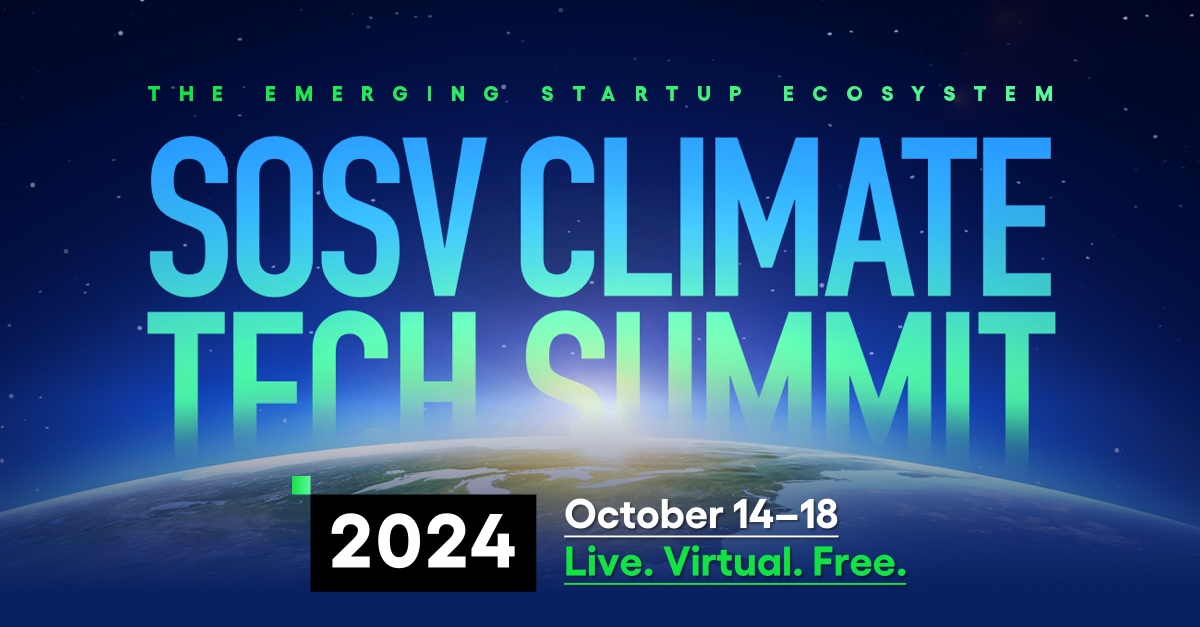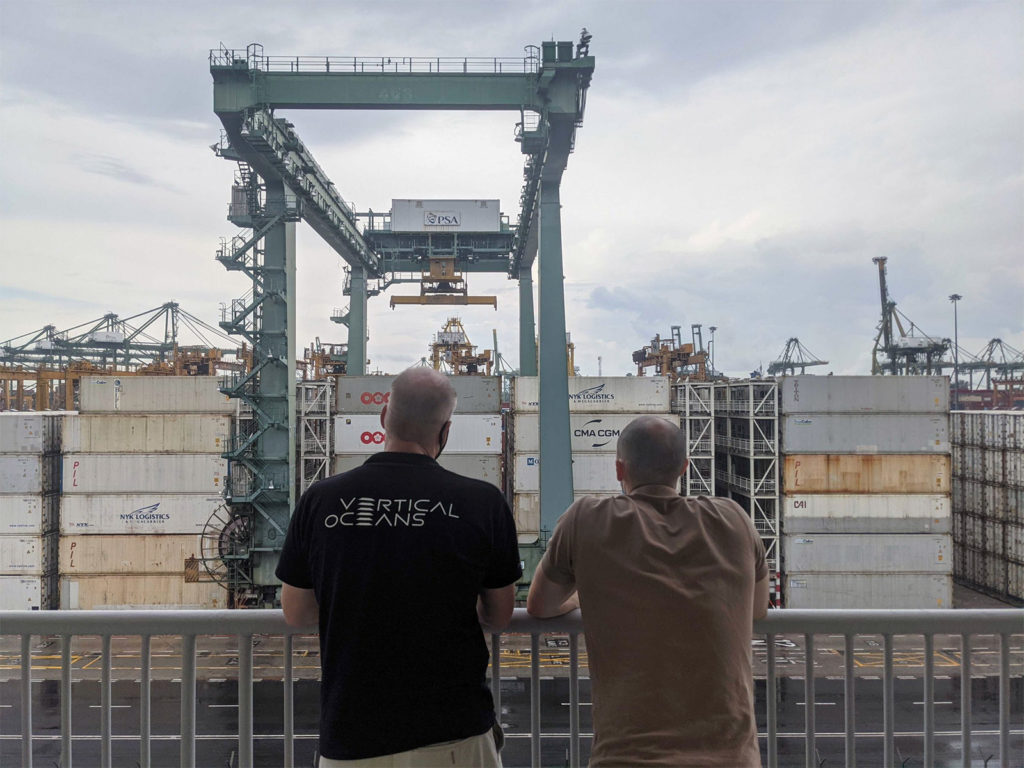
Vertical Oceans is elevating shrimp through its advanced vertical aquaculture system integrating 83 different technologies to build a perfect ecosystem for the world’s cleanest, freshest, and most sustainably produced shrimp. Below we caught up with John Diener and Enzo Acerbi, co-founders and CEO and CTO, respectively, of Vertical Oceans. It was 3 AM in Singapore, but as usual, these two tech founders were game to talk seafood.
PW: Singapore is filled with fresh seafood, how has Vertical Oceans’ product garnered so much attention from foodies there? You’ve got chefs from some of the finest restaurants in Singapore clamoring for more product. That’s impressive!
JD: Even though we’re in the heartland of shrimp aquaculture in Southeast Asia, customers love our shrimp because it’s unlike anything available in the market. Over and over again, our customers say, “I’ve never had anything this good and fresh before”. So even though we’re in the middle of so much shrimp farming and even fresh wild caught shrimp in Singapore, our product is on a different level and that really stands out.
PW: Your shrimp are on a “different level” you say. It sounds like you’re really . . . elevating shrimp.
JD: Yes!
PW: Sustainability and resilience in the food system has a lot to do with food miles. Going from farm to fork with the least amount of process in between. How long does it take to get the shrimp from the Vertical Oceans farms to your customers’ hands?
JD: A few hours. We start harvesting around 6AM and they’re in the customer’s hands before 2PM. That’s less than 8 hours.
PW: Not bad for an 8 hour day.
JD: It’s hard, but worth it. Here in Singapore we think a lot about food security and the COVID experience of 2020 only accelerated the urgency of that trend. It was a wake up call. Vertical Oceans sits at the cross section of two key themes: aquaculture and vertical farming. And as we mentioned before, if we can make the commercial side work in Singapore, where we are surrounded by shrimp aquaculture, imagine what we could do in a market much further away.
PW: Let’s talk technology. One metric that always catches the eye is your target feed conversion ratio of less than one. First, what is FCR? And second, how could you possibly get to less than one? That seems impossible.
JD: Feed conversion ratio, or FCR, is a great metric in many ways, but also a bit misleading.
Typically feed conversion ratio measures “as-is” meaning that you do not adjust for moisture content. So the feed moisture content of 10% is not adjusted to the shrimp moisture content of 70%. That’s why it is biologically possible to have a feed conversion ratio less than 1. But critically, shrimp and other aquaculture species are poikilothermic which means they do not produce metabolic heat to maintain a designated body temperature unlike farmed livestock. That, in addition to the fact they don’t need a large skeletal structure to fight gravity, makes aquaculture a potentially very efficient model of food production when done right because so much more of what they eat goes into their biomass.
PW: You frequently say you came at the problem using first principles thinking – where do you think was the biggest leap you had to take to come up with a solution within your system? Or was it the whole system itself?
JD: The first principles question is a good one.
PW: Thank you.
JD: The biggest leap happened when we flipped our perspective to thinking from the customer experience and working back from there. People want fresh seafood that looks and tastes like something that just came out of the ocean. Fresh seafood needs to be produced where it is consumed because it goes off very quickly if it’s not fresh and handled properly.
So, that meant we had to go urban. Urban meant vertical. Vertical meant we had to re-think the entire system and that cascaded into the 83 technologies we have now. It was clear from thinking about it from a customer perspective that we needed a completely different approach.
PW: Your tech stack is remarkable – from where do you draw inspiration and solutions?
JD: We were laughing about this the other day. We have a database which contains 1,432 entries of various references, technical data sheets and other information. We’ve been collecting ideas since we first came up with the idea for Vertical Oceans in 2016. A big part of it also comes from keeping your eyes open for technologies that could be applied.
Like the time I was sitting on a plane watching them refuel it from under the wing and wondering “How do they do that without spilling jet fuel all over the place?”. After researching airplane fuel handling, it inspired some new thinking about the water handling in our system.
Some of the solutions were serendipitous like that, others were deliberate searches for new solutions to specific challenges. Probably 2/3rds was serendipitous.
PW: Speaking of the serendipitous tech solutions, what’s up with the disco lights?
JD: Tony Manero (Saturday Night Fever) was Italian-American, the running hypothesis is that Enzo may have felt some inter-generational connection to that character.

EA: I confirm my love for disco lights. But who likes them even more is our seaweed. They literally cannot survive without disco lights, so we created this party environment for them to foster and live happily.
PW: John you come from a long history in aquaculture, was Vertical Oceans a sudden fit of inspiration or a slow burn?
JD: Vertical Oceans was a slow burn for several years. Then one last piece of the puzzle fell into place and the slow burn exploded into a full-on orbital burn.
PW: Now I must ask, what was the last piece of the puzzle?
JD: The last piece of the puzzle was how to really go vertical, not just the same tanks on multiple levels, but something automated, dense and vertical. And then I had the breakthrough – move the tanks, not the people. Making the tanks mobile and self-contained changed everything. It was an example of our first principles reasoning – there was no reason you couldn’t make the tanks mobile, just no one did it that way before. The idea was totally nuts, but the more we looked into it, the more we realized, “this works!”.
PW: Enzo, how did John convince you to join him?
EA: John fished me with the ability of an experienced fisherman. In fact, he’s pulled this trick on me twice — once before for an insect protein company.
With no background in aquaculture, I was not quick in deciding to join Vertical Oceans. But John was patient and determined. During our chat John transmitted to me the vision and a lot of enthusiasm. He explained to me the problem and the concept of Vertical Oceans in a very simple yet compelling way, highlighting the importance of digital technologies for the overall solution. His enthusiasm and drive was contagious. I decided to join him once I realized that what he wanted to do was revolutionary, and that my contribution could help achieve that vision.
JD: There’s an additional anecdote to this story. In the interview, I was explaining what I had in mind on the white board and as we were talking through it we ran out of white board space. And at the end of the interview it was something like: “Ok, so can you do this? Is that interesting for you?”.
EA: The reality is that John and I get excited and motivated by the same kind of things. Creating new solutions, that involve intersecting many technologies, to solve challenging problems, so it is easy for us to make plans together.
PW: What was your greatest accomplishment during IndieBio’s program?
JD: These four-plus months were transformative. I think the biggest accomplishment was our ability to produce multiple batches of our shrimp that we sold direct-to-consumers and received so much positive feedback and interest. We progressed a lot on our technology and funding and other aspects, but proving out the product-market fit over and over again was huge.
PW: Most importantly, a wise man once said that shrimp is the fruit of the sea. What’s your favorite way to prepare shrimp? Popcorn shrimp, pineapple shrimp, grilled shrimp. . . ?
JD: The Vertical Oceans shrimp taste great as sashimi, but probably my favorite is just a quick pan sear with olive oil, sea salt and a touch of cooking sake.
EA: One funny aspect of this is that I am not a big lover of shrimps or seafood in general. I used to have one or two shrimps, then get bothered by their chewiness and stop eating. But the first time I tried our shrimps, I could not stop eating them. Their snappiness and freshness is addictive.

